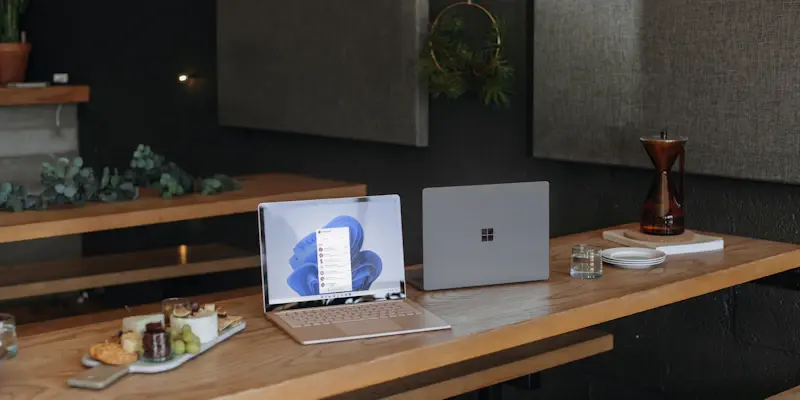The forthcoming release of Windows 11 25H2 is stirring curiosity among tech enthusiasts eager to discern whether it signifies a momentous leap forward or merely a modest enhancement. Rooted in Build 26200, this anticipated update is slated to arrive later in the year. Microsoft has a track record of alternating between major overhauls and more incremental tweaks, leading to discussions about the company’s strategic intent. The use of enablement packages, a hallmark of Microsoft’s update strategy, signifies a nuanced approach. Such packages unlock features already embedded within the platform’s infrastructure without dramatic change.
Dissecting Update Patterns
Microsoft’s release strategies typically alternate between major updates and smaller, refinement-focused ones. Notably, Windows 11 24H2was marked by transformative features, raising expectations that its successor could bring equally significant changes. Yet, whispers from development insiders suggest a different path forward. Tied closely to Build 26100, the 25H2 iteration is anticipated not to diverge significantly from the established trajectory. Such enablement packages, reflecting a measured evolution, offer functional expansions without fundamentally changing the underlying architecture. This strategy draws parallels to previous Windows updates, where substantial enhancements were delivered within an existing framework. The past rollouts, like Windows 10 from versions 1903 to 1909, exemplified this philosophy, setting a potential precedent for Windows 11 25H2.
As observed previously, this approach enables Microsoft to conduct seamless transitions, reducing interruptions for users while allowing thorough testing of new features. This feedback loop aids in refining the user experience while maintaining system stability. In this context, the 25H2 update is perceived as an opportunity to fine-tune existing features and execute selective enhancements. Despite the seemingly modest scope, these incremental adjustments ensure that system compatibility remains intact—a significant technical emphasis confirmed by codes found within Microsoft’s appraiserRes.dll files. Reinforcing Microsoft’s commitment to gradual improvements, these files reflect consistency in its aim to achieve seamless device compatibility for users navigating varied computing environments.
Expected Features and Design Evolution
A particular focus of the Windows 11 25H2 update is on refining user experience by introducing subtle, yet meaningful design changes. One of the more talked-about enhancements potentially lies in the Start menu, which may see an update allowing users more flexibility in customizing pinned and recommended apps. This adjustment aligns well with Microsoft’s ongoing emphasis on personalization, enabling users to tailor their desktops to better suit individual needs and preferences. Beyond the visual nuances, the update is expected to bring improved system efficiency through background optimizations that streamline operations without compromising performance. The significance of these optimizations—though understated—lies in the performance and reliability enhancements that benefit users daily.
These developments also underscore broader initiatives, revealing clues about Windows’ evolving design language and technical priorities. By weaving incremental updates into existing infrastructure, Microsoft sustains a steady cadence of innovation. Although such enhancements might lack flair, they serve foundational purposes, ensuring a robust platform for next-gen features. Users often value these changes more in practice, appreciating consistent reliability over transformative risks. Microsoft’s choice to sidestep sweeping changes in this release cycle highlights a strategy intended to refine, not redefine. Thoughtfully integrated features offer layered possibilities for incremental yet measurable advancements that underpin Windows’ growing ecosystem. Such focus highlights considerations for achieving balanced progress—adapting and modernizing while leveraging established functionalities.
Looking Ahead
As the release of Windows 11 25H2 approaches, tech enthusiasts are buzzing with speculation, questioning whether this release will mark a major breakthrough or merely a modest upgrade. Built upon Build 26200, this update is expected to launch later in the year. Following the significant revision of Windows 11 24H2, the arrival of 25H2 has ignited debates regarding its potential impact. Historically, Microsoft has alternated between major updates and smaller tweaks, fostering discussions about its strategic direction. These packages are designed to activate features already present in the system’s framework, allowing the introduction of new capabilities without a complete overhaul. This strategy offers a calculated approach to updates, sparking curiosity about whether the 25H2 update will unveil groundbreaking advancements or simply serve as a preparatory step for future changes. Will it be a transformative leap or a subtle refinement?

